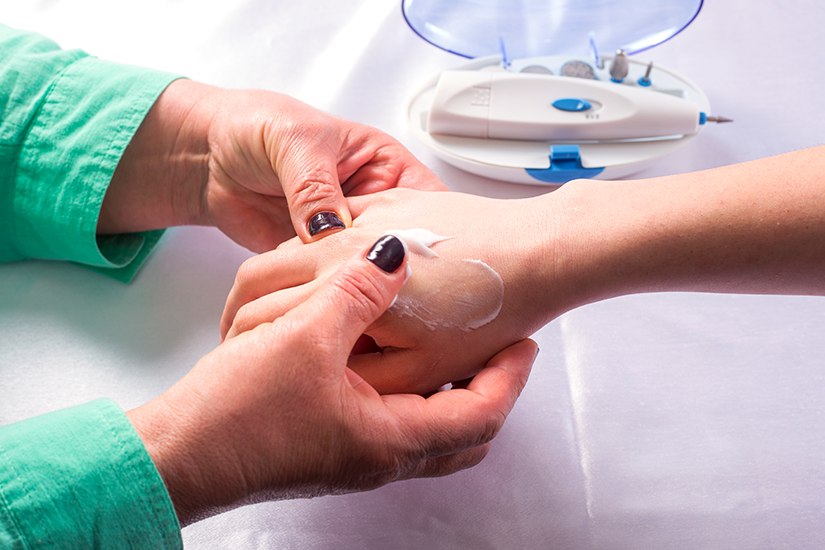- Emergency Ambulance Services
- 8606811111
- 0471-4077777, 0471-7177888
- gro@sutpattom.com
Understanding Knee Replacement Surgery
Knee replacement surgery, also known as knee arthroplasty, is a common procedure for individuals suffering from severe knee pain and impaired mobility due to arthritis, injury, or other degenerative conditions. This surgery involves replacing the damaged parts of the knee joint with artificial components, called prostheses, to restore function and alleviate pain.
When is Knee Replacement Necessary?
Knee replacement is typically recommended when non-surgical treatments, such as medication, physical therapy, and lifestyle changes, fail to relieve symptoms. Candidates for this surgery often experience persistent pain, swelling, and stiffness that limit daily activities like walking, climbing stairs, and getting in and out of chairs.
The Procedure
The surgery involves removing damaged cartilage and bone from the knee joint and replacing them with metal and plastic components. The procedure can be partial, targeting only the affected part of the knee, or total, replacing the entire knee joint.
Recovery and Rehabilitation
Post-surgery, patients typically stay in the hospital for a few days. Physical therapy is crucial for regaining strength and range of motion. Most patients can resume normal activities within six weeks. Adhering to rehabilitation guidelines significantly impacts the success of the surgery.
Benefits and Risks
Knee replacement surgery has a high success rate, significantly reducing pain and improving quality of life for most patients. However, as with any major surgery, it carries risks including infection, blood clots, and prosthesis issues. Discussing these risks with a healthcare provider is essential for informed decision-making.
Knee replacement surgery offers a promising solution for those suffering from severe knee problems. With advances in surgical techniques and prosthetic design, many patients regain pain-free mobility, enhancing their overall quality of life.
Summary: Knee replacement surgery, or knee arthroplasty, involves replacing damaged knee joint parts with prosthetics to relieve pain and restore mobility. It’s recommended when other treatments fail. The procedure can be partial or total, with recovery involving physical therapy. Benefits include pain relief and improved life quality, despite some risks.
Dr. Unnikuttan D
Consultant Orthopaedic Surgeon
SUT Hospital, Pattom









